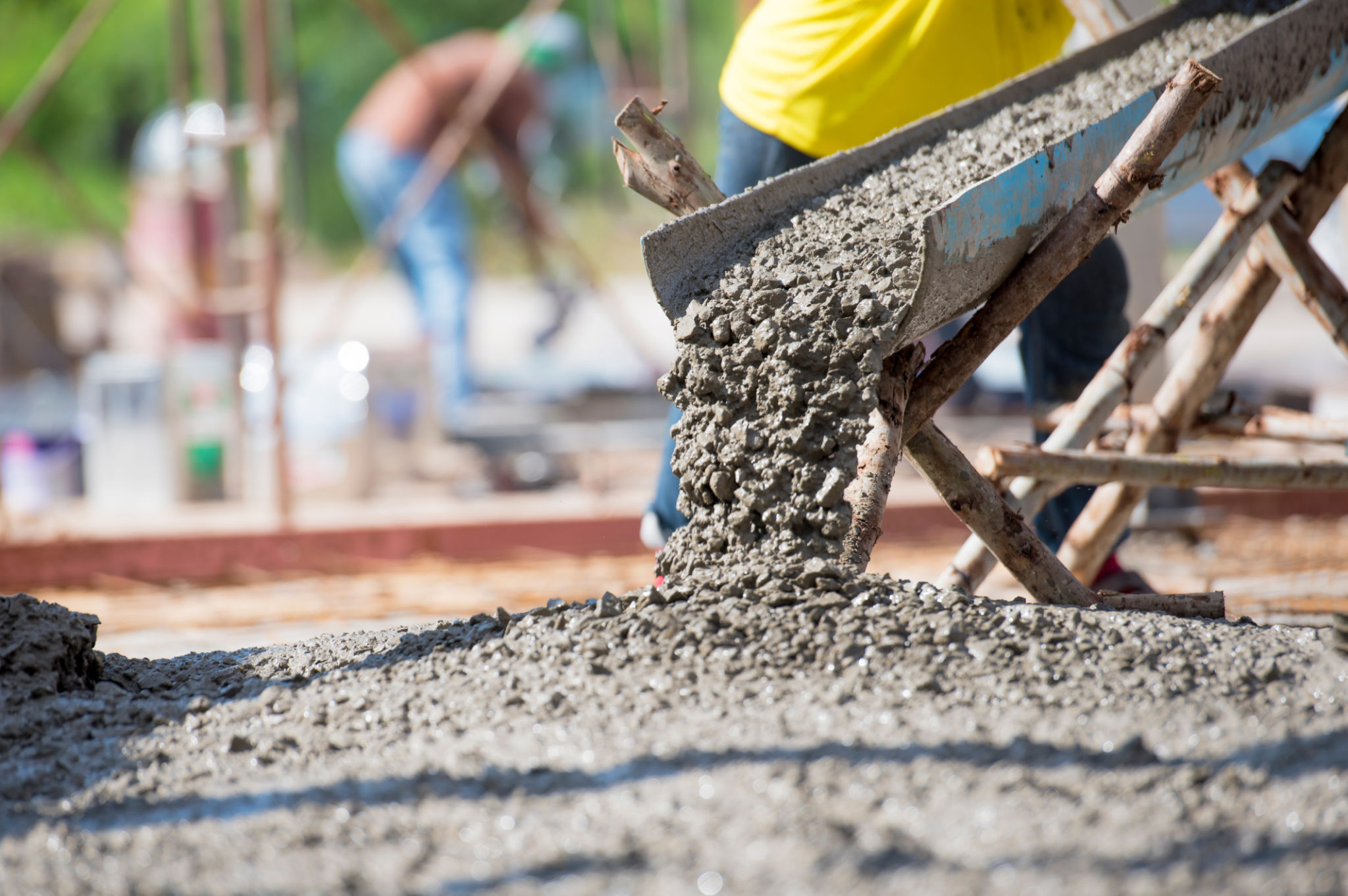Understanding the Basics of Residential Concrete Placement
MB
Introduction to Residential Concrete Placement
Concrete placement is a fundamental step in residential construction projects. It involves more than just pouring a mixture into a mold; it requires careful planning, precise execution, and a solid understanding of the materials and techniques involved. Whether you're planning to lay down a new driveway, patio, or foundation, mastering the basics of concrete placement can ensure a durable and long-lasting result.
In this guide, we’ll explore the essential components of residential concrete placement, offering insights into the materials, preparation, and techniques necessary to achieve professional results.

The Importance of Proper Preparation
Site Evaluation and Planning
Before any concrete is poured, the site must be thoroughly evaluated and prepared. This includes assessing soil conditions, determining the appropriate thickness for the concrete slab, and ensuring proper drainage. Poor site preparation can lead to issues such as cracking or uneven settling, which can compromise the durability of the structure.
Formwork and Reinforcement
Formwork is the temporary mold into which concrete is poured. It must be designed to retain the shape, alignment, and position of the concrete. Reinforcement, typically using steel bars or mesh, is also crucial for adding strength to the concrete and preventing cracking under tension. Properly set formwork and reinforcement are critical for achieving a structurally sound result.

The Concrete Mix
Selecting the Right Mix
The concrete mix is a blend of cement, water, sand, and aggregates. The ratio of these components can vary based on the specific requirements of your project. A well-balanced mix will offer the right combination of strength, workability, and durability. It's important to consult with professionals or use pre-mixed options that are designed for residential applications.
Mixing and Testing
Proper mixing is vital to ensure that all ingredients are evenly distributed. This can be achieved through manual mixing or using mechanical mixers for larger batches. Once mixed, it's important to conduct a slump test to check the consistency of the concrete. This test helps determine if the mix has the right amount of water and if it's suitable for placement.

Placement Techniques
Pouring and Spreading
Once the site is prepared and the concrete is mixed, it's time to pour. The concrete should be poured as close to its final position as possible to prevent segregation of the aggregates. Using tools like shovels or rakes, spread the concrete evenly across the area, taking care not to overwork it, which can weaken the surface.
Vibration and Compaction
After pouring, vibrating the concrete is essential to remove air pockets and ensure that it fills all spaces within the formwork. This process enhances the strength and finish of the concrete surface. Proper compaction also helps in achieving a smooth surface with minimal imperfections.
Curing and Finishing
Curing is a vital process that involves maintaining adequate moisture in the concrete for a specific period after placement. This ensures that the concrete achieves its desired strength and durability. Depending on weather conditions, curing can take several days or even weeks.
Finishing techniques can vary depending on aesthetic preferences and functional requirements. Common finishing methods include troweling for a smooth surface or brooming for a textured, slip-resistant finish.

Troubleshooting Common Issues
Despite best efforts, issues like cracking or discoloration can occur in concrete surfaces. Understanding common problems and their causes can help in troubleshooting effectively. Cracks may result from improper curing or suboptimal mix ratios, while discoloration might stem from inconsistent mixing or environmental factors.
By addressing these issues promptly and employing proper techniques throughout the placement process, you can ensure your concrete installations remain robust and aesthetically pleasing for years to come.
